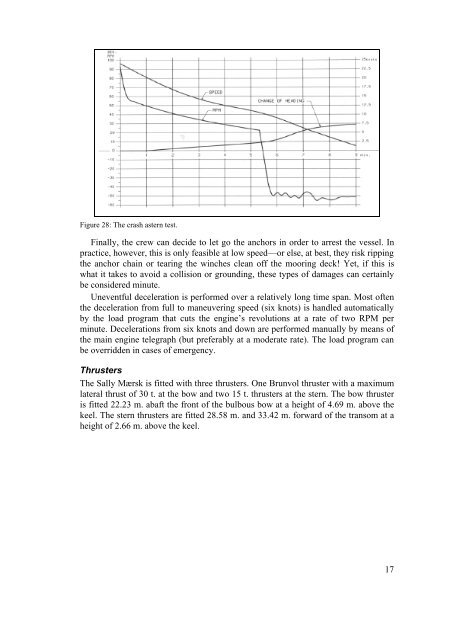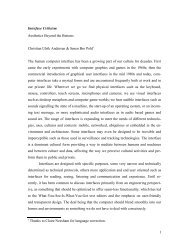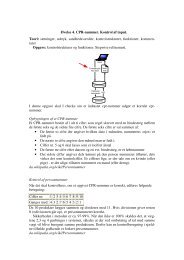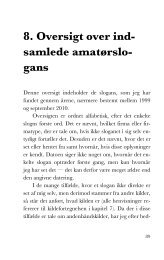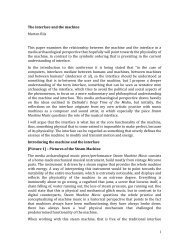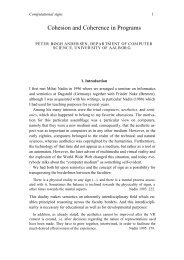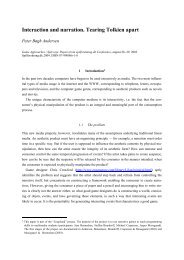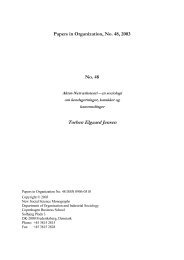Create successful ePaper yourself
Turn your PDF publications into a flip-book with our unique Google optimized e-Paper software.
Figure 28: The crash astern test.Finally, <strong>the</strong> crew can decide to let go <strong>the</strong> anchors in order to arrest <strong>the</strong> vessel. Inpractice, however, this is only feasible at low speed—or else, at best, <strong>the</strong>y risk ripping<strong>the</strong> anchor chain or tearing <strong>the</strong> winches clean off <strong>the</strong> mooring deck! Yet, if this iswhat it takes to avoid a collision or grounding, <strong>the</strong>se types of damages can certainlybe considered minute.Uneventful deceleration is performed over a relatively long time span. Most often<strong>the</strong> deceleration from full to maneuvering speed (six knots) is handled automaticallyby <strong>the</strong> load program that cuts <strong>the</strong> engine’s revolutions at a rate of two RPM perminute. Decelerations from six knots and down are performed manually by means of<strong>the</strong> main engine telegraph (but preferably at a moderate rate). The load program canbe overridden in cases of emergency.ThrustersThe <strong>Sally</strong> Mærsk is fitted with three thrusters. One Brunvol thruster with a maximumlateral thrust of 30 t. at <strong>the</strong> bow and two 15 t. thrusters at <strong>the</strong> stern. The bow thrusteris fitted 22.23 m. abaft <strong>the</strong> front of <strong>the</strong> bulbous bow at a height of 4.69 m. above <strong>the</strong>keel. The stern thrusters are fitted 28.58 m. and 33.42 m. forward of <strong>the</strong> transom at aheight of 2.66 m. above <strong>the</strong> keel.17


